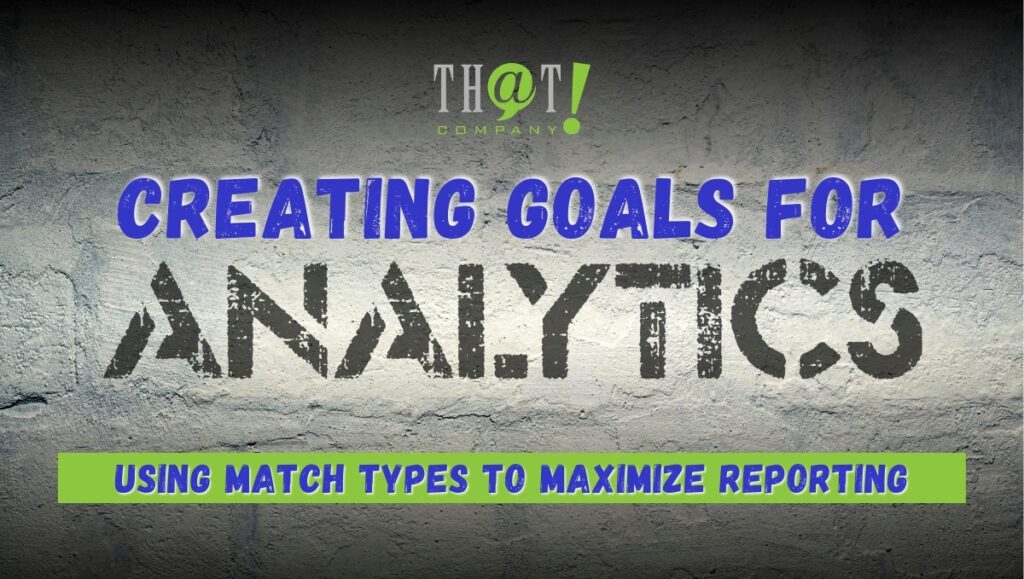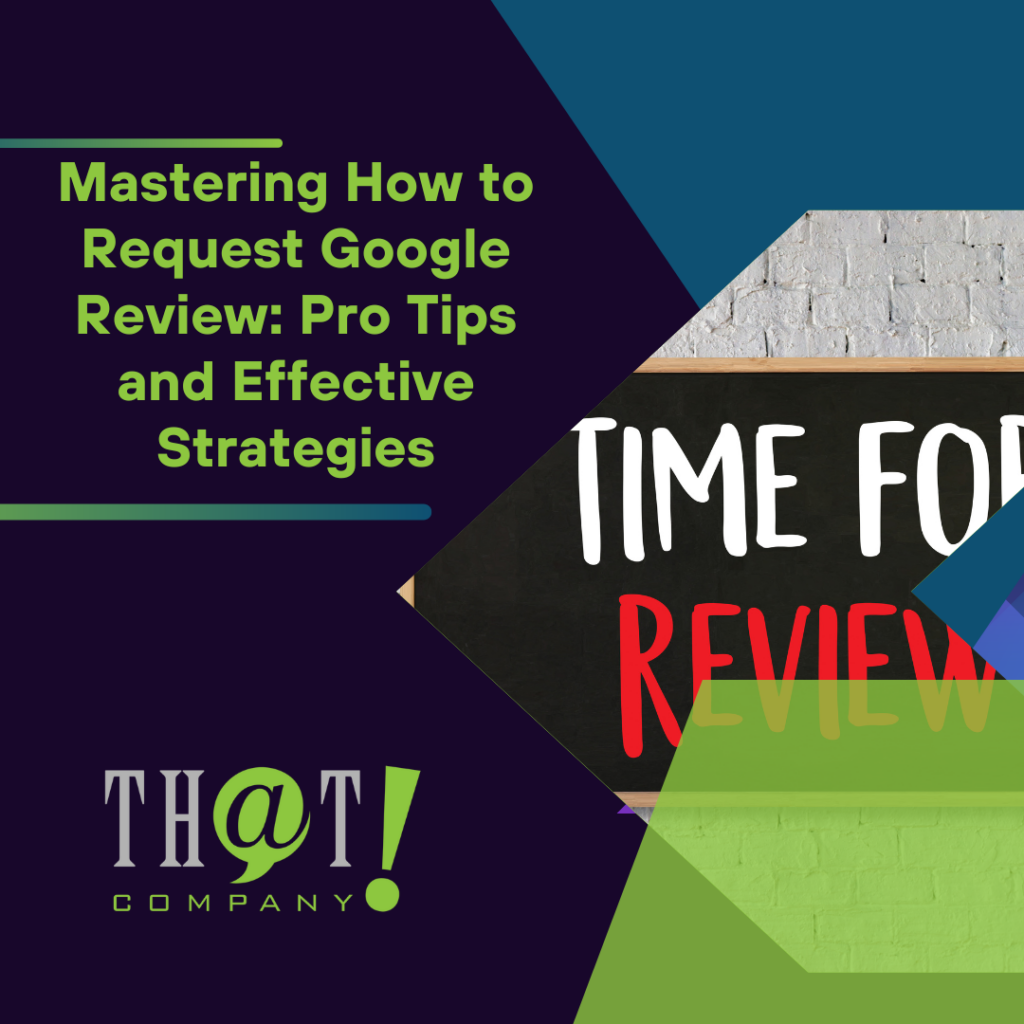
When determining what is a good marketing return on investment (ROI), aiming for a ratio of 5:1 is a solid benchmark. This means for every dollar spent on marketing, you should expect at least five dollars in return. Exceptional marketing efforts can push this ratio to 10:1. In this article, we’ll explore how to calculate marketing ROI, what factors influence it, and strategies to improve it.
Key Takeaways
- Marketing ROI is a crucial metric for assessing the profitability and effectiveness of marketing strategies, guiding future decisions and budget allocations.
- A good marketing ROI is typically considered to be above 5:1, while an exceptional ROI is 10:1, helping businesses set realistic expectations and optimize their marketing efforts.
- Improving marketing ROI involves clear objective setting, leveraging analytics tools, and optimizing strategies across multiple channels to enhance overall campaign performance.

Understanding Marketing ROI
Marketing ROI represents a key performance indicator for marketing teams, measuring the success of marketing activities in terms of profitability. Understanding marketing ROI gauges the effectiveness of business activities and justifies marketing spend. Accurately calculating and consistently measure marketing roi allow marketers to gauge success and refine strategies, leading to sustained profit and revenue growth.
Marketing ROI measurement helps marketers grasp the effectiveness and profitability of campaigns. It provides insights into the correlation between marketing spend and generated revenue, including the impact of the marketing budget and marketing investment. Using multiple marketing channels can lead to a better overall marketing roi measurements compared to relying on a single channel, as it diversifies risk and broadens reach.
A positive return on investment indicates that revenue exceeds marketing costs, signaling efficiency and profitability. Conversely, a negative return indicates that marketing costs exceed earnings, highlighting inefficiencies that need addressing. Insights from evaluating marketing ROI can drive future data-driven strategies, ensuring better decision-making and optimized marketing efforts.

Why Agencies Partner with That! Company for White Label PPC Services
Agencies utilize PPC white label services to maintain brand integrity while outsourcing complex advertising tasks. Partnering with That! Company enables agencies to deliver high-performing, data-driven pay-per-click campaigns tailored to each client’s objectives across platforms like Google Ads and social media, all under the agency’s brand. This approach allows agencies to expand their service lineup quickly and profitably without additional staff.
Outsourcing PPC work to That! Company significantly reduces operational costs associated with staffing and training. This partnership not only alleviates stress for agency management by simplifying complex project execution but also ensures timely results, fostering better client relationships. Start-ups often rely on white label PPC services to navigate resource constraints while accessing specialized skills.
Furthermore, That! Company provides real-time conversion tracking and detailed, white-labeled reports, empowering agencies to demonstrate campaign success and build long-term client trust. Expert handling of PPC campaigns ensures timely results, fostering better client relationships and enhancing client satisfaction.

What Constitutes a Good Marketing ROI?
A good marketing ROI is defined as above 5:1. This means that for every marketing dollar spent on marketing, the business earns five dollars in return. In the marketing field, an ROI of 10:1 is deemed exceptional. This reflects a highly effective return on investment. These benchmarks help businesses assess the effectiveness of their marketing campaigns and set realistic expectations for their marketing investments.
Competitive analysis helps marketers understand their ROI relative to industry standards and peers. This ensures that marketing efforts are aligned with broader industry trends and performance metrics. For instance, a 4:1 revenue to cost ratio is often considered favorable profitability, indicating that the marketing efforts are efficiently generating revenue.
Knowing what constitutes a good ROI helps businesses optimize marketing strategies and allocate budgets more effectively. By aiming for strong ROI benchmarks, companies can justify their marketing spend and ensure that their marketing investments are driving substantial growth.

Factors Influencing Good Marketing ROI
The effectiveness of marketing ROI can vary significantly across different industries. Industry type can significantly impact the expected marketing ROI. For example, digital marketing campaigns generally produce a higher ROI compared to traditional marketing methods. This highlights the importance of understanding the impact of various marketing channels for effective budget distribution.
Different marketing channels may yield varying levels of return, affecting overall marketing ROI. Therefore, campaign objectives should align with broader business goals to ensure effective ROI measurement. Enhancing marketing efficiency maximizes resource impact, boosting ROI and company revenue.
ROI targets should align with a company’s unique operational margins and growth ambitions. This personalized approach ensures that marketing efforts are tailored to the specific needs and capabilities of the business, leading to a more accurate and favorable ROI.

How to Calculate Marketing ROI
Calculating marketing ROI involves assessing the financial impact of marketing efforts. The basic formula for calculating marketing ROI is (Sales Growth – Marketing Cost) / Marketing Cost. This formula helps businesses understand how much revenue their marketing campaigns are generating relative to the costs involved.
Calculating ROI for all marketing channels helps businesses determine each channel’s effectiveness and optimize strategies accordingly. Marketers should identify whether advertisements are driving conversions and calculate the return on ad spend (ROAS) to gauge the profitability of their campaigns.
Such calculations provide a comprehensive view of marketing performance and aid in making data-driven decisions.
Basic Formula for Marketing ROI
The basic formula for calculating marketing ROI is (Sales Growth – Marketing Cost) / Marketing Cost. This straightforward marketing roi calculation provides a clear picture of the financial return from marketing investments. Costs included in these calculations are incremental campaign costs such as creative development, personnel, agency fees, and overhead.
An additional calculation for measuring the ROI of individual campaigns is: Campaign ROI = (Revenue Attributed to Campaign – Campaign Costs) / Campaign Costs * 100. The primary metrics used to calculate marketing ROI are cost and outcomes, typically represented by revenue.
These formulas help businesses quantify the success of their marketing efforts and make informed decisions about future investments.
Adjusted ROI Calculations
Adjusted marketing ROI accounts for average organic sales growth to provide a clearer picture of marketing effectiveness. The formula for adjusted marketing ROI is as follows: Sales Growth minus Average Organic Sales Growth minus Marketing Cost, all divided by Marketing Cost. This formula helps evaluate the effectiveness of marketing investments. This calculation helps marketers understand the true impact of their efforts by excluding organic growth that would have occurred without marketing activities.
Incorporating customer lifetime value (CLV) into ROI calculations can enhance insights into marketing impact. By accounting for the long-term value of customers acquired through marketing efforts, businesses can gain a more comprehensive understanding of their return on investment. This approach ensures a more accurate and realistic view of marketing performance.

Common Challenges in Measuring Marketing ROI
Measuring marketing ROI helps organizations assess the contribution of marketing efforts to revenue growth on both holistic and campaign levels. However, this process can become complex and layered due to multiple factors involved in gauging its effectiveness. Attribution models often fail to account for all customer interactions, complicating the understanding of what drives conversions.
Outdated attribution models can lead to misattribution, affecting ROI assessment accuracy. Misattribution commonly skews ROI accuracy when evaluating marketing effectiveness. The complexity of numerous marketing channels makes it challenging to measure ROI consistently across all platforms.
Identifying significant impacts from multiple customer touchpoints presents challenges in marketing ROI attribution. Understanding these challenges is crucial for developing more accurate and reliable methods for calculating and improving marketing ROI.

Strategies to Improve Marketing ROI
Improving marketing ROI requires a marketing strategy. Focusing solely on short-term ROI may overlook long-term marketing benefits like brand loyalty. Successful marketing campaigns may not always yield high ROI; context and additional goals, such as brand awareness or customer engagement, are also crucial.
Specific objectives and result tracking can effectively improve marketing ROI. Strategic planning and optimization of marketing efforts enhance overall ROI.
Testing new strategies and tactics can improve overall marketing ROI. Exploring new channels can positively impact marketing ROI if they yield high returns.
Setting Clear Objectives
Clear marketing goals are crucial for accurately measuring ROI. Defined objectives help align expectations based on historical performance. Realistic marketing objectives ensure that the goals are achievable and measurable, providing a consistent sales baseline for evaluating success.
Setting clear goals across each marketing channel helps businesses improve ROI. This approach allows for more focused and efficient marketing efforts, leading to better results and higher returns on investment.
Leveraging Analytics Tools
Analytics platforms streamline the process of calculating marketing ROI. Analytics tools offer critical insights for accurately measuring marketing ROI. Leveraging these tools helps marketers optimize strategies and improve overall ROI.
A/B testing tools enable marketers to refine strategies by comparing campaign variations. CRM tools track customer behaviors across channels, providing a comprehensive view of marketing performance. Such tools help businesses make data-driven decisions and enhance marketing efforts.

Examples of High Marketing ROI Campaigns
Successful marketing campaigns can yield high returns on investment, making them critical examples for marketers. McDonald’s ‘I’m Lovin’ It’ marketing campaign is notable for its global resonance and high ROI, supported by substantial advertising investments. This campaign has significantly contributed to increased brand awareness and substantial sales boosts.
Nike’s ‘Just Do It’ campaign, especially featuring Colin Kaepernick, generated an impressive $6 billion in sales, illustrating the power of bold marketing. Airbnb’s ‘Live There’ campaign has shown that user-generated content can outperform brand-generated content in engagement. These campaigns demonstrate the effectiveness of various marketing strategies and the importance of understanding and optimizing ROI.
Apple’s ‘Shot on iPhone’ campaign boasts a marketing ROI of 4.3, showcasing the effectiveness of its engaging advertising strategies. These examples inspire and educate marketers on achieving high returns through innovative and strategic marketing efforts.

Summary
Understanding and optimizing marketing ROI is crucial for any business aiming to maximize its marketing investments. From defining what constitutes a good ROI to exploring factors influencing it, calculating accurate ROI, and overcoming measurement challenges, this guide provides a comprehensive roadmap for marketers. For businesses looking to streamline operations, PPC management white label services offer a solution to optimize advertising efforts and improve ROI.
By setting clear objectives, leveraging analytics tools, and drawing inspiration from successful campaigns, businesses can improve their marketing ROI and drive substantial growth. Remember, the key to a successful marketing strategy lies in continuous measurement, analysis, and optimization of your marketing efforts.

Frequently Asked Questions
What is a good marketing ROI?
A good marketing ROI is considered to be above 5:1, indicating that for every dollar spent, a business should ideally earn five dollars in return. This benchmark serves as a key indicator of marketing effectiveness.
How can I calculate marketing ROI?
To calculate marketing ROI, use the formula (Sales Growth – Marketing Cost) / Marketing Cost. This will give you a clear understanding of the financial return on your marketing investments.
What factors influence marketing ROI?
Marketing ROI is influenced by factors including industry type, marketing channels, campaign objectives, and operational margins. Understanding these elements is crucial for maximizing return on investment.
What are some challenges in measuring marketing ROI?
Measuring marketing ROI presents challenges such as misattribution, the complexity arising from multiple marketing channels, and difficulties in assessing the impact of various customer touchpoints. Addressing these issues is crucial for obtaining accurate ROI assessments. Partnering with white label digital marketing companies can help businesses overcome these challenges by providing expert insights and tools to optimize marketing efforts and achieve better ROI.
How can I improve my marketing ROI?
To improve your marketing ROI, it is essential to set clear objectives, utilize analytics tools, and continuously optimize your strategies. By consistently testing new tactics, you can effectively enhance your marketing performance.























 Talk With Us
Talk With Us  Give Some Love
Give Some Love 


